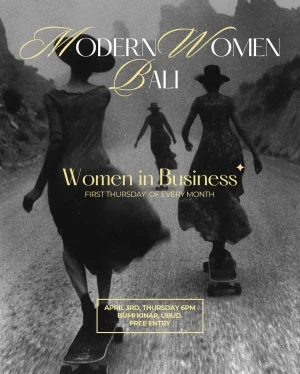“Maybe we could… if you’d like to… unless anyone has other thoughts?”
You cringe as these hesitant phrases leave your mouth, watching your carefully planned agenda slip away while someone from the class you are leading shares a powerful but off-topic story that captivates the group.
It happens in every workshop: the tension between staying on track and going with the flow. Your inner dialogue swings from “We need to get back on track as soon as possible; there’s so much to cover!” to “This is what the group needs right now.” Your chest tightens as you calculate the time left. Last week, you went the other way, pushing through the agenda so rigidly that the room’s energy deflated. What’s the balance between being a drill sergeant and doormat?
Welcome to the facilitation tightrope.

You know this internal struggle well if you’ve ever led a workshop. Most facilitators fall into one of two traps: strongly sticking to a perfect agenda like a script, or overcompensating with a passive, permission-seeking style. Push too hard on either end, and things fall apart. Too much structure? You get glazed eyes and drained energy. Too much flexibility? The conversation meanders, leaving everyone wondering, “What was the point of all this?” But effective facilitation doesn’t require perfection. It’s nurtured through presence, purpose, and adaptability.
True leadership in facilitation is an act of deep listening. You don’t have to have all the answers or control the room. Facilitation is a living, breathing conversation. You arrive with a map, and the journey unfolds in real-time, shaped by the group’s needs. Your expertise isn’t diminished by responsiveness; it’s amplified because now you can draw on the wisdom of the whole group.

Your leadership power lies in creating a container that is both sturdy and spacious: clear boundaries and direction alongside room for unexpected learning. This requires a radical presence, fully engaged in the group’s learning, unattached to any single outcome.
Think of facilitation like river guiding: you understand the river’s course, but you also attune to subtle currents, navigating with intention and intuition. You don’t fight the river, nor do you let it carry you blindly. You make micro-adjustments to honour both the destination and the journey.
Leadership and facilitation are embodied skills. They live in your body, not just your mind. Your physical presence is your first communication tool. Before you even open your mouth, your body is telling a story. At its core, powerful facilitation is a dance between authority and warmth, between guidance and receptivity, between strength in your backbone and softness in your front. Let’s look at how each of your body part plays a role in helping you lead with presence and ease.
From the Author: Vix Anderton
I am a certified trauma-informed embodiment coach, authentic relating facilitator, and menstruality mentor. I specialize in nervous system resourcing, helping people reconnect to their natural rhythms, authenticity, and creativity. With eight years of professional facilitation experience, I blend clear structure, safety, and warmth to create transformative learning environments.





